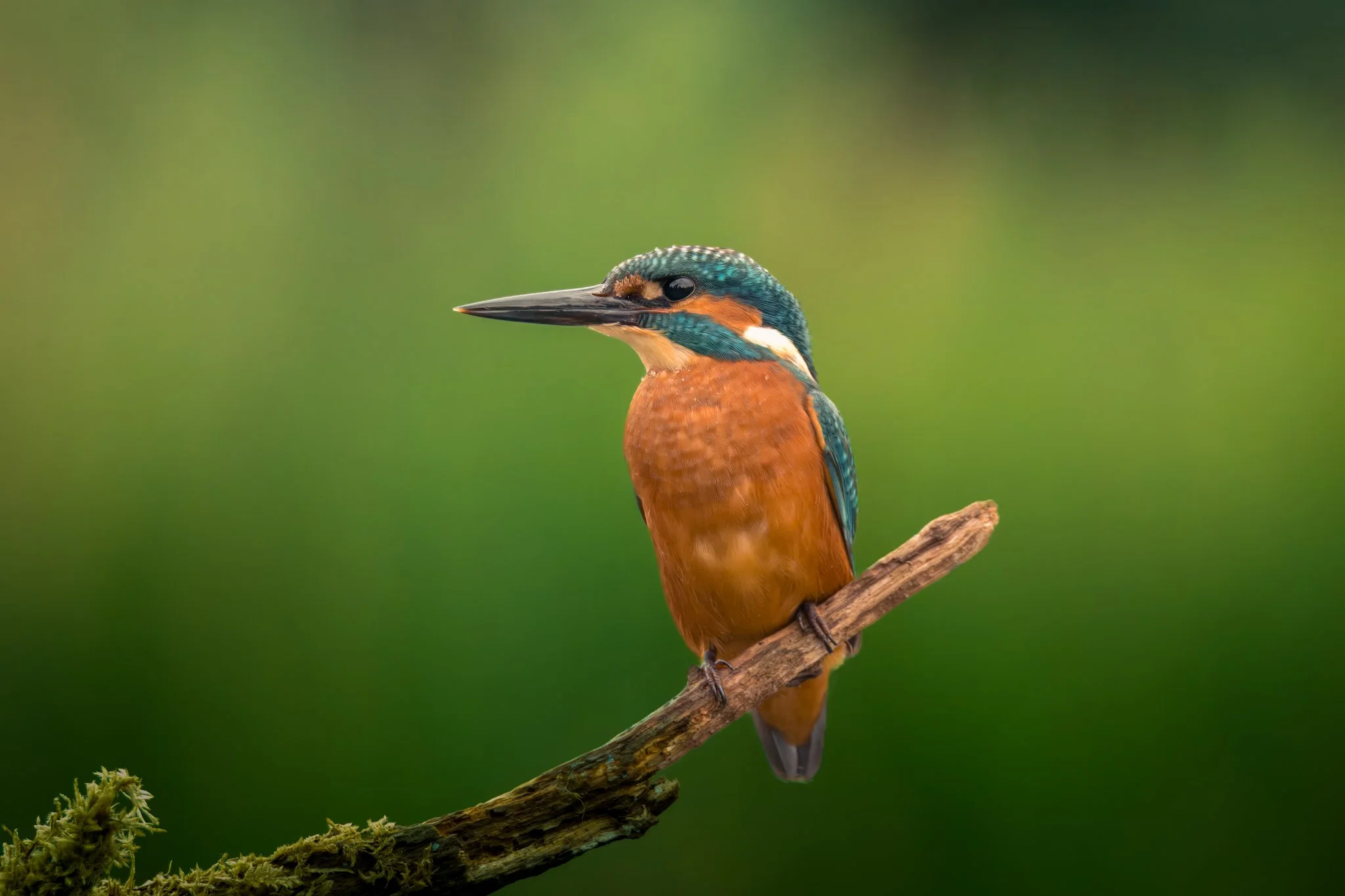Why Are Kingfishers So Colourful? An Insight into Nature’s Masterpiece
During one of my recent talks at the Unity Festival, an audience member posed a question that sparked both curiosity and fascination: why are kingfishers so colourful? Here in the UK, we’re familiar with the common kingfisher, renowned for its dazzling blue and orange plumage. While their appearance is instantly recognisable, the story behind their colours is as intriguing as the birds themselves.
The Science Behind Kingfisher Colours
Contrary to what many might assume, the vibrant blue seen on a kingfisher isn’t due to traditional pigments. Instead, it results from structural colouration—a phenomenon where microscopic structures within the feathers interact with light to produce vivid colours. When light hits these specially arranged feather structures, it scatters and reflects primarily blue wavelengths back to our eyes. This process, known as constructive interference, gives the kingfisher its radiant blue hue.
Interestingly, this means that the blue changes in intensity based on the angle of the light. It’s an optical effect similar to how oil on water shifts in colour as you move around it. This dazzling, almost metallic sheen sets kingfishers apart from birds whose colours come purely from pigmentation.
Why Blue and Orange?
The kingfisher’s blue upperparts are only one part of its vibrant palette. Its chest and underparts display a warm orange, coloured by carotenoid pigments. These pigments are common in many bird species and contribute to a range of yellows, oranges, and reds. In the kingfisher’s case, the striking contrast between the orange and blue creates a visually stunning display that likely plays a role in communication and mate attraction.
But why these specific colours? The blue upperparts might also help the kingfisher blend into its environment when viewed from above, appearing like water or sky to predators. This kind of camouflage, coupled with its vivid orange front, can aid in striking a balance between being conspicuous for mating purposes while remaining concealed when needed.
My Experience Capturing the Kingfisher’s Colours
Photographing kingfishers has always been a highlight of my wildlife photography. The way their colours come alive under different lighting conditions can make or break a shot. One of my favourite images shows a kingfisher perched gracefully on a branch, the morning sun catching its feathers to reveal an electric blue that contrasts with the soft orange glow of its chest. The magic of that moment was not just in capturing the bird itself, but in showcasing the play of light that defines its beauty.
The best shots often come when the lighting is just right—early mornings or late afternoons—when the sun is low and enhances the kingfisher’s reflective feathers. These are the moments when the science of structural colouration becomes visibly apparent, turning an ordinary scene into a breathtaking display.
What Does This Tell Us About Nature?
The kingfisher’s colours are more than just a visual delight; they are a testament to the complexity of nature and the intricate ways animals have evolved to thrive. Structural colouration, as seen in kingfishers, offers more durability compared to pigment-based colours, maintaining their brightness even as feathers age. This type of colouration is not unique to kingfishers; it is also seen in creatures like butterflies and beetles, where iridescence plays a significant role in communication and camouflage.
The next time you see a kingfisher by the river, remember that its colours are not just for show—they are a result of millions of years of evolution, combining function with beauty in one stunning package.


